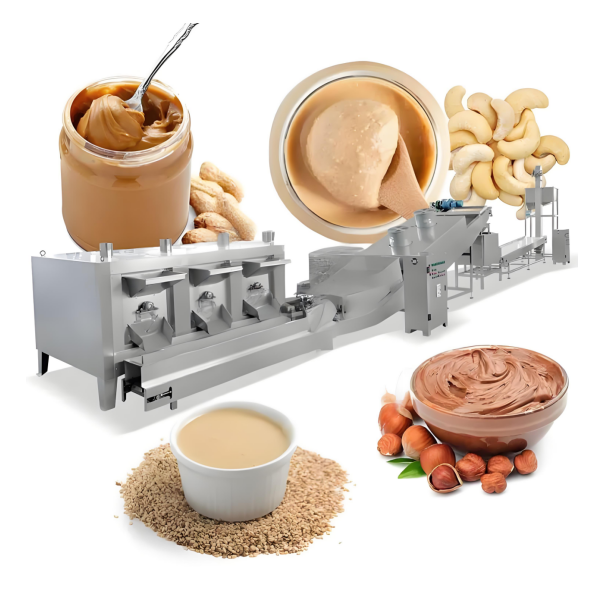Curățarea dvs aparat pentru unt de arahide corect după fiecare utilizare este unul dintre cei mai importanți pași pentru menținerea igienei, prelungește durata de viață a mașinii, și asigură o calitate constantă a produsului. Indiferent dacă sunteți un mic producător de unt de arahide sau conduceți o linie de producție industrială, înţelegerea procedura corecta de curatare este esentiala. În acest articol, vom explica pas cu pas Cum să curățați o mașină cu unt de arahide, ce materiale de curățare să folosești, și oferă sfaturi profesionale pentru întreținere și respectarea siguranței alimentare.
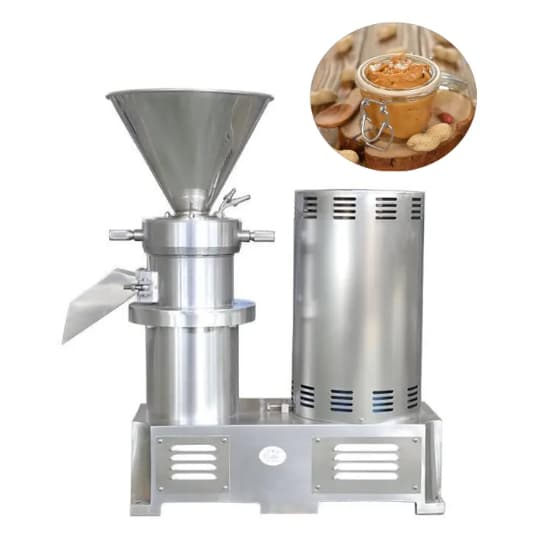
1. De ce este atât de importantă curățarea unei mașini cu unt de arahide
1.1. Prevenirea creșterii bacteriene
Untul de arahide conține uleiuri și proteine naturale care pot deveni un teren propice pentru bacterii precum Salmonella dacă rămân reziduuri în interiorul râșniței. Curățarea regulată previne contaminarea și asigură că produsul dvs. final respectă standardele de igienă de calitate alimentară.
1.2. Menținerea calității produsului
Particulele de arahide sau uleiurile rămase se pot oxida și pot provoca mirosuri sau arome râncede în lotul următor. Curățarea corespunzătoare vă menține mașina fără reziduuri vechi, asigurându-vă că untul de arahide are un gust proaspăt și natural de fiecare dată.
1.3. Creșterea duratei de viață a mașinii
Uleiurile de arahide și micile reziduuri solide pot înfunda râșnița și pot uza rotorul și statorul în timp. Curățarea mașinii cu unt de arahide după fiecare schimb ajută la reducerea frecării și a coroziunii, menținerea mașinii dumneavoastră în stare optimă.
1.4. Respectarea reglementărilor privind siguranța alimentelor
Echipamentele de prelucrare a alimentelor trebuie să respecte HACCP, FDA, sau ISO 22000 standardele. Rutinele regulate de curățare și igienizare sunt impuse prin lege pentru orice operațiune de producție a alimentelor. Păstrarea evidențelor de curățare vă poate proteja, de asemenea, afacerea în timpul inspecțiilor.
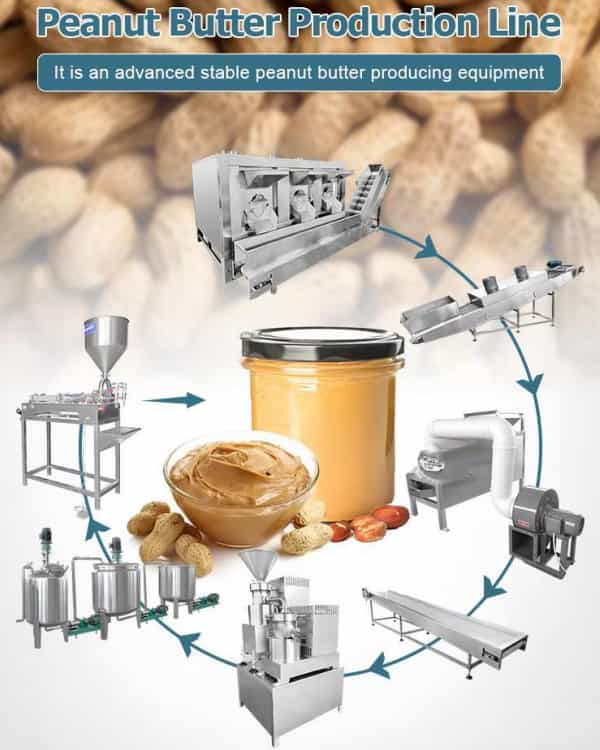
2. Instrumente și materiale necesare pentru curățare
Înainte de a începe procesul de curățare, pregătiți toate materialele necesare:
| Articol | Scop |
|---|---|
| Apă caldă (50–60°C) | Ajută la dizolvarea uleiurilor și a reziduurilor de arahide |
| Detergent alimentar | Îndepărtează acumularea de grăsimi și proteine |
| Perii (dimensiuni diferite) | Curăță colțurile și părțile interne |
| Răzuitoare din oțel inoxidabil | Ajută la îndepărtarea pastei groase de arahide |
| Dezinfectant alimentar | Dezinfectează toate suprafețele de contact |
| Prosoape curate sau uscător de aer | Pentru uscare după spălare |
| Echipament individual de protectie (EIP) | Mănuși, şorţ, ochelari de protecţie |
Sfat: Utilizați întotdeauna substanțe chimice de curățare sigure pentru alimente și evitați acizi sau alcali puternici care pot deteriora oțelul inoxidabil sau etanșările.
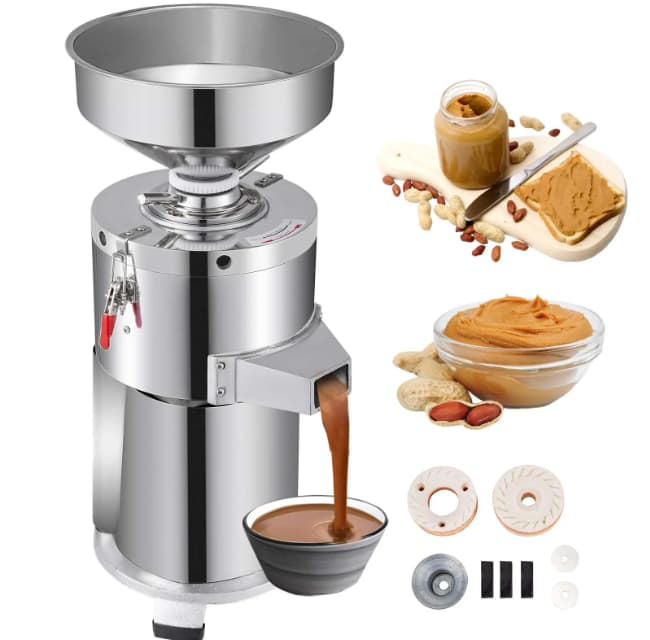
3. Procedura de curățare pas cu pas
Pas 1: Opriți și deconectați aparatul
Înainte de curățare, asigurați-vă că mașina este complet oprit și deconectat de la sursa de alimentare. Dacă face parte dintr-o linie de producție, opriți sistemul de alimentare, transportoare, și alte dispozitive conectate.
Acest lucru previne pericolele electrice și asigură siguranța la dezasamblarea pieselor.
Pas 2: Goliți buncărul și râșnița
Porniți mașina pentru scurt timp (câteva secunde) fără a alimenta arahide pentru a descărca orice pastă rămasă în interiorul camerei de măcinare.
Folosiți a racleta din otel inoxidabil sau spatula pentru a îndepărta reziduurile vizibile de unt de arahide din buncăr și de evacuare.
Pas 3: Dezasamblați Componentele
Scoateți cu grijă buncăr, capacul camerei de măcinare, rotor, Stator, și alte părți detașabile.
Consultați manualul de utilizare al mașinii dumneavoastră, dacă este necesar, pentru a vă asigura dezasamblarea corectă. Mașinile industriale pentru unt de arahide sunt de obicei concepute pentru curatare usoara, cu cleme cu eliberare rapidă și componente detașabile din oțel inoxidabil.
Etichetați fiecare parte dacă este necesar pentru a asigura reasamblarea corectă.
Pas 4: Clătiți prealabil cu apă caldă
Clătiți toate părțile detașabile cu apă caldă (50–60°C) pentru a îndepărta reziduurile de suprafață și uleiurile de arahide. Acest pas ajută la înmuierea stratului de grăsime și reduce nevoia de spălare excesivă mai târziu.
Evitați utilizarea jeturilor de înaltă presiune direct pe rulmenți sau zonele motorului.
Pas 5: Spălați cu detergent alimentar
Într-o chiuvetă sau un lighean curat, utilizare detergent alimentar și perii pentru a curăța bine toate suprafețele de contact, inclusiv buncărul, discuri de șlefuit, si conducta de evacuare. Concentrați-vă pe zonele în care pasta de arahide tinde să se acumuleze.
Pentru mașini la scară industrială, Cip (Curăţare la faţa locului) pot fi instalate sisteme, permițând circulația automată a detergentului în interiorul râșniței fără demontare completă.
Pentru vârf: Dacă observați unt de arahide întărit, înmuiați piesele în apă caldă cu detergent timp de 10-15 minute înainte de spălare.
Pas 6: Clătiți cu apă curată
După spălare, clătiți toate componentele cu apă caldă curată pentru a elimina orice reziduu de detergent.
Asigurați-vă că nu rămâne săpun sau spumă, deoarece aceasta ar putea contamina următorul lot de unt de arahide.
Pentru sisteme de curatare automata, alerga a clătire în două etape (apă caldă urmată de apă rece) pentru a asigura îndepărtarea completă a detergentului.
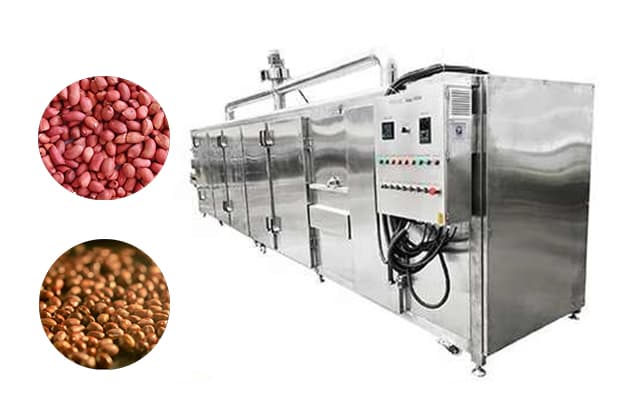
Pas 7: Igienizați Componentele
Odată ce reziduurile vizibile dispar, aplica a dezinfectant alimentar (de exemplu., compuși pe bază de clor sau amoniu cuaternar) pe toate suprafețele în contact cu alimentele.
Urmați instrucțiunile producătorului privind diluția și timpul de contact (de obicei 1-2 minute).
Acest pas asigură siguranța microbiologică și previne creșterea mucegaiului sau a bacteriilor.
Pas 8: Uscați complet componentele
Utilizare prosoape curate sau uscare cu aer pentru a usca toate componentele curățate. Evitați să lăsați umezeală pe suprafețe, deoarece poate duce la rugină sau contaminare bacteriană.
Dacă este disponibil, utilizați a suport de uscare din oțel inoxidabil intr-o curata, zonă ventilată pentru a asigura o circulație adecvată a aerului.
Pas 9: Reasamblați Mașina
Odată ce toate piesele sunt uscate, reasamblați cu atenție mașina cu unt de arahide. Asigurați-vă că toate componentele sunt aliniate corect și fixate bine.
Verificați dacă șuruburile sunt slăbite, sigilii, sau nealinieri înainte de a reconecta sursa de alimentare.
Pas 10: Rulați un lot de apă sau testați
Înainte de a începe următorul ciclu de producție, porniți mașina pentru câteva secunde cu apă curată sau un mic lot de test de arahide pentru a confirma că nu rămân reziduuri sau agenți de curățare în interior.
Aruncați acest lot de testare înainte de începerea producției oficiale.
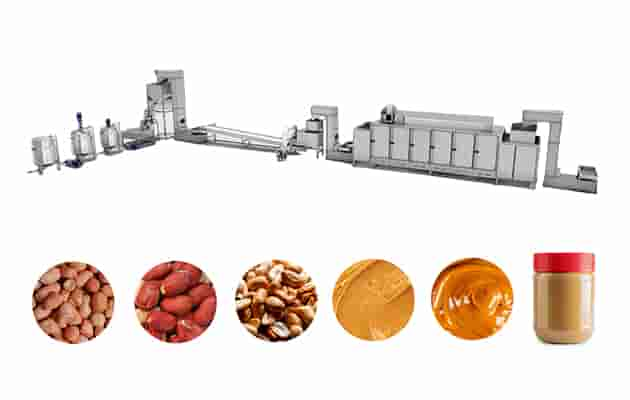
4. Curățare profundă (Întreținere săptămânală sau lunară)
Pe langa curatenia zilnica, este esențial să efectuați a curatare profunda săptămânal sau lunar, în funcție de intensitatea utilizării.
Ce include curățarea profundă:
- Dezasamblarea completă a tuturor componentelor de șlefuire
- Îndepărtarea sigiliilor, garnituri, și arbori pentru inspecție
- Verificarea uzurii sau coroziunii rotorului și statorului
- Lustruirea suprafetelor din otel inoxidabil cu pasta neabraziva
- Ungerea rulmenților (dacă este cazul, cu lubrifiant alimentar)
Curățarea în profunzime asigură durabilitatea pe termen lung și menține performanța constantă.
5. Greșeli frecvente de evitat
- Omiterea curățării între loturi:
Nu lăsați niciodată untul de arahide în interiorul aparatului peste noapte. Uleiurile se solidifică și devin greu de îndepărtat. - Folosind substanțe chimice puternice:
Evitați înălbitorul sau detergenții industriali neaprobați pentru echipamentele alimentare, deoarece pot deteriora oțelul inoxidabil. - Uscarea necorespunzătoare:
Lăsarea umidității în interior poate provoca creșterea bacteriilor și rugina. Uscați întotdeauna bine. - Am uitat să curățați țeava de evacuare:
Această zonă acumulează adesea cele mai multe reziduuri - nu o treceți cu vederea. - Nu poartă EIP:
Curățarea implică apă caldă și substanțe chimice. Folosiți întotdeauna mănuși și ochelari de protecție.
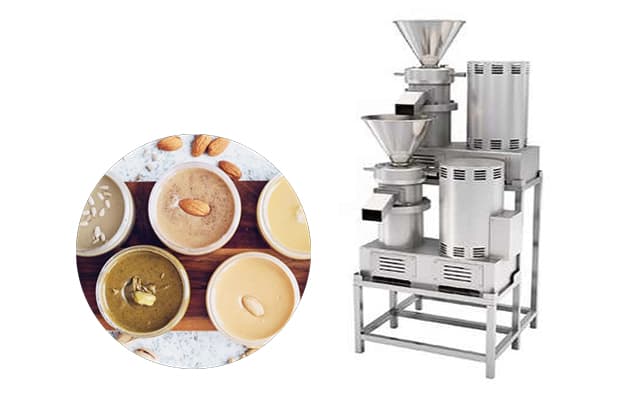
6. Recomandări de frecvență de curățare
| Scara de producție | Frecvența de curățare | Curățare profundă |
|---|---|---|
| Atelier mic (hrănire manuală) | După fiecare lot | Săptămânal |
| La scară medie (semiautomat) | Fiecare schimb | Săptămânal |
| Linie industrială continuă | La fiecare 8-10 ore | Săptămânal până la două săptămâni |
| Formule bogate în grăsimi | După fiecare ciclu de producție | Săptămânal |
Nota: Reglați frecvența de curățare în funcție de tipul dvs. de produs, continutul de ulei, și reglementările locale de igienă.
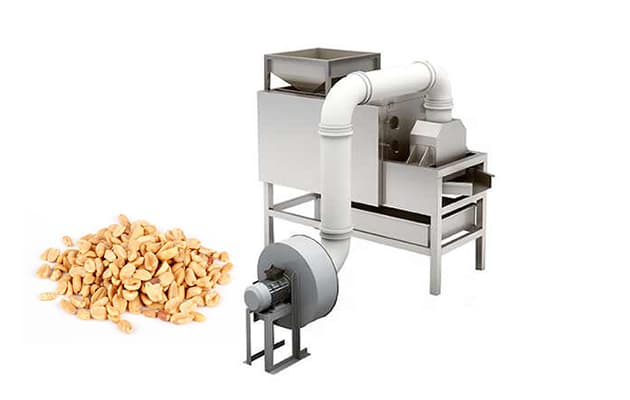
7. Beneficiile curățării regulate
| Beneficia | Descriere |
|---|---|
| Consistență mai bună a aromei | Fără contaminare cu reziduuri vechi |
| Siguranța alimentară îmbunătățită | Elimină bacteriile și riscul de mucegai |
| Cost redus de întreținere | Previne înfundarea și coroziunea |
| Productivitate mai mare | Mașina funcționează fără probleme, fără timpi de nefuncționare |
| Conformitatea cu reglementările | Îndeplinește standardele HACCP/FDA de igienă alimentară |
O mașină curată pentru unt de arahide este una productivă și profitabilă.
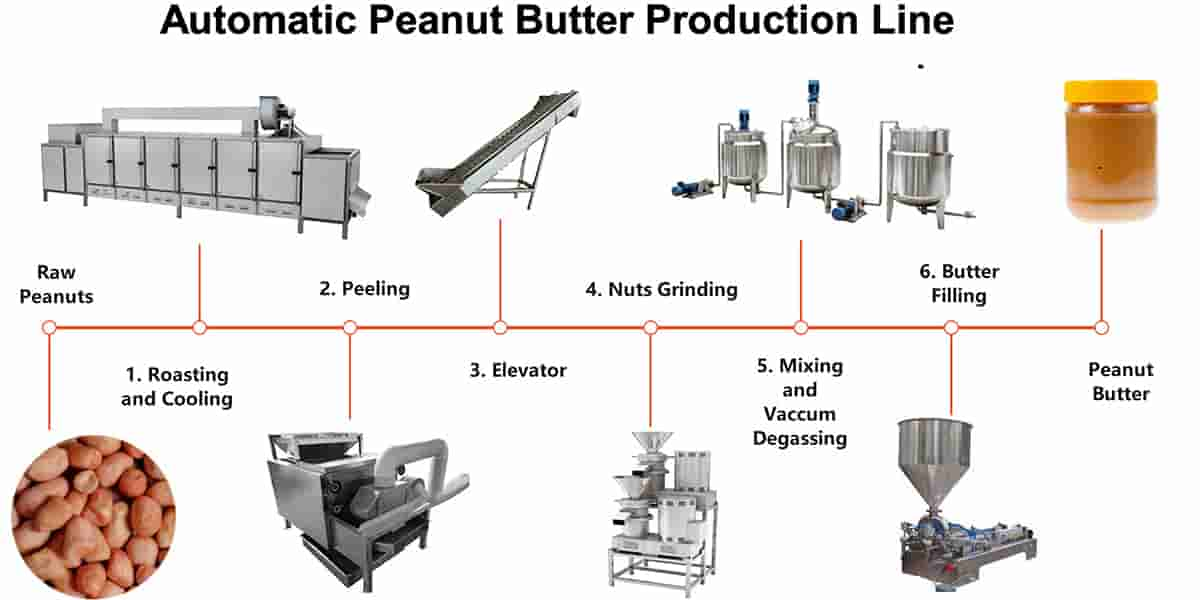
8. Sfaturi profesionale de la experții DT Food Machine
- Folosiți perii din oțel inoxidabil în loc de nailon pentru curățare grea.
- Instala cleme cu eliberare rapidă pentru a face dezasamblarea zilnică mai rapidă.
- Pentru producție continuă, considera o sistem automat de curatare (Cip) cu recirculare de apă și detergent.
- Păstrați întotdeauna un jurnal de curățenie— inspectorii pot solicita înregistrări ale datelor de curățenie și operatorii responsabili.
- Înlocuiți etanșările și garniturile în mod regulat; uleiul de arahide poate degrada materialele cauciucate în timp.
9. Măsuri de siguranță în timpul curățării
- Întotdeauna deconectați mașina înainte de dezasamblare sau curățare.
- Evitați să pulverizați apă în apropierea motor sau tablou electric.
- Manipulați cu grijă piesele ascuțite de șlefuit pentru a preveni rănirea.
- Aruncați apa de curățare uzată conform reglementărilor de mediu.
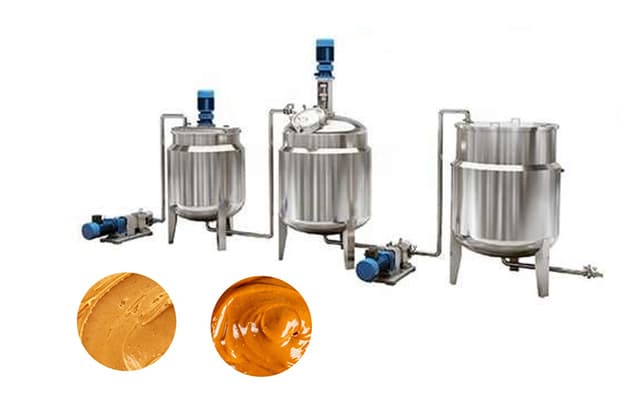
10. Gânduri finale
Curatenie a aparat pentru unt de arahide poate părea consumatoare de timp, dar este un pas critic pentru a garanta calitate, siguranţă, si longevitate a echipamentului dumneavoastră. Curățarea regulată nu asigură doar un delicios, produs cu unt de arahide necontaminat, dar și minimizează timpul de nefuncționare costisitor din cauza problemelor mecanice.
Urmând ghidul pas cu pas de mai sus - de la preparare și spălare până la igienizare și uscare - vă veți menține producția de unt de arahide la un nivel profesional care respectă standardele internaționale alimentare.
Dacă utilizați sau plănuiți să cumpărați o mașină pentru unt de arahide, alege un model proiectat cu caracteristici ușoare de curățare și dezasamblare.
La Mașină de mâncare DT, mașinile noastre cu unt de arahide sunt fabricate din 304 oţel inoxidabil, cu camere de măcinare cu eliberare rapidă și Proiecte gata pentru CIP, permițând o curățare mai rapidă și mai sigură atât pentru utilizatorii mici, cât și pentru cei mari.
👉 Aveți nevoie de mai mult ajutor?
Daca vrei recomandari profesionale pt linii de producție a untului de arahide sau sisteme automate de curatare, contact Mașină de mâncare DT — partenerul dumneavoastră de încredere pentru echipamentele de prelucrare a nucilor.

